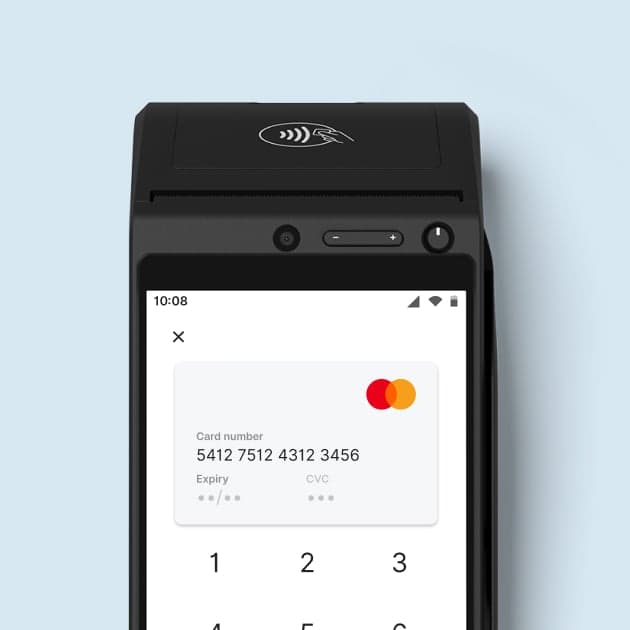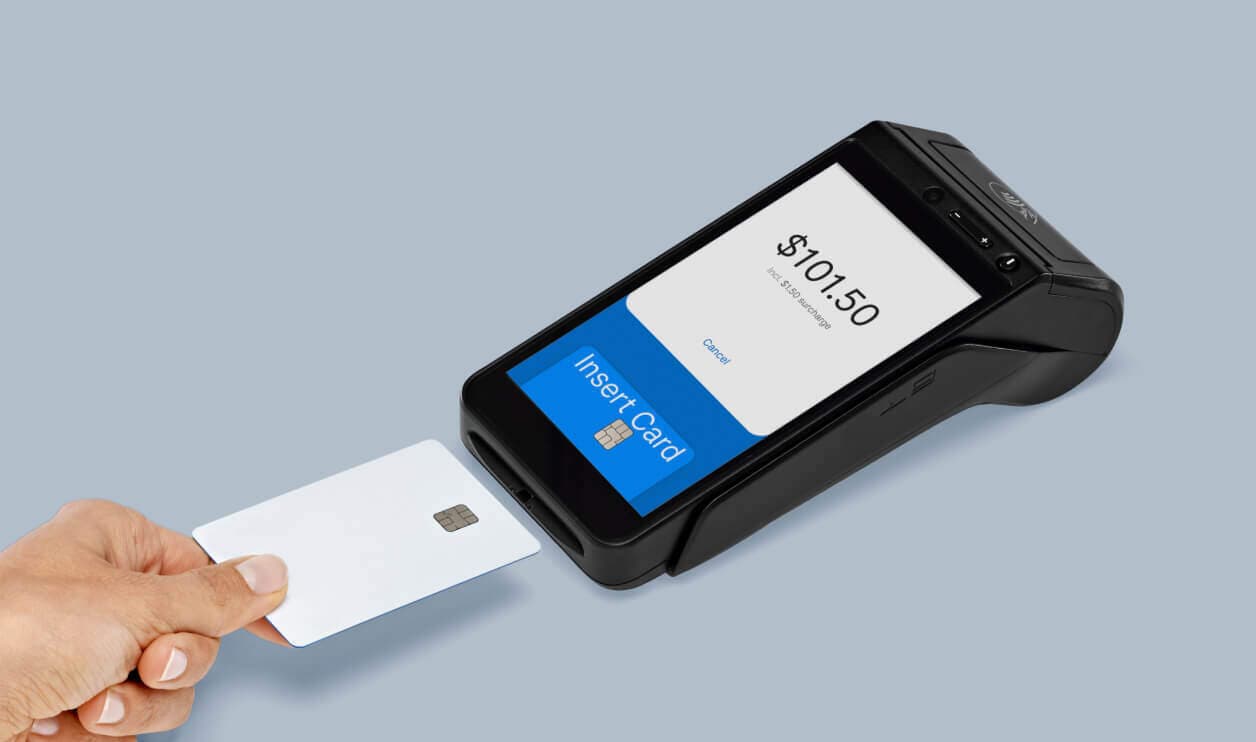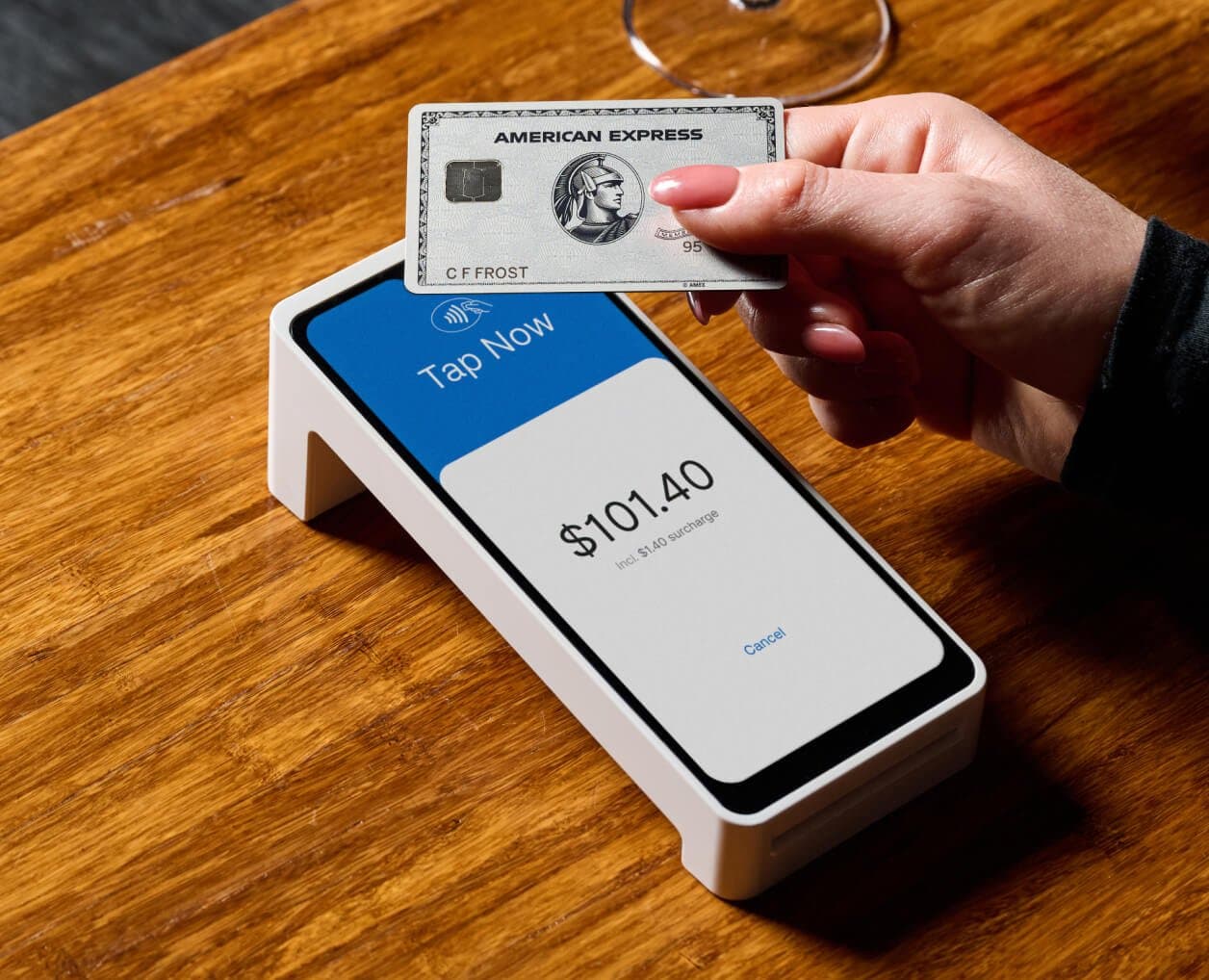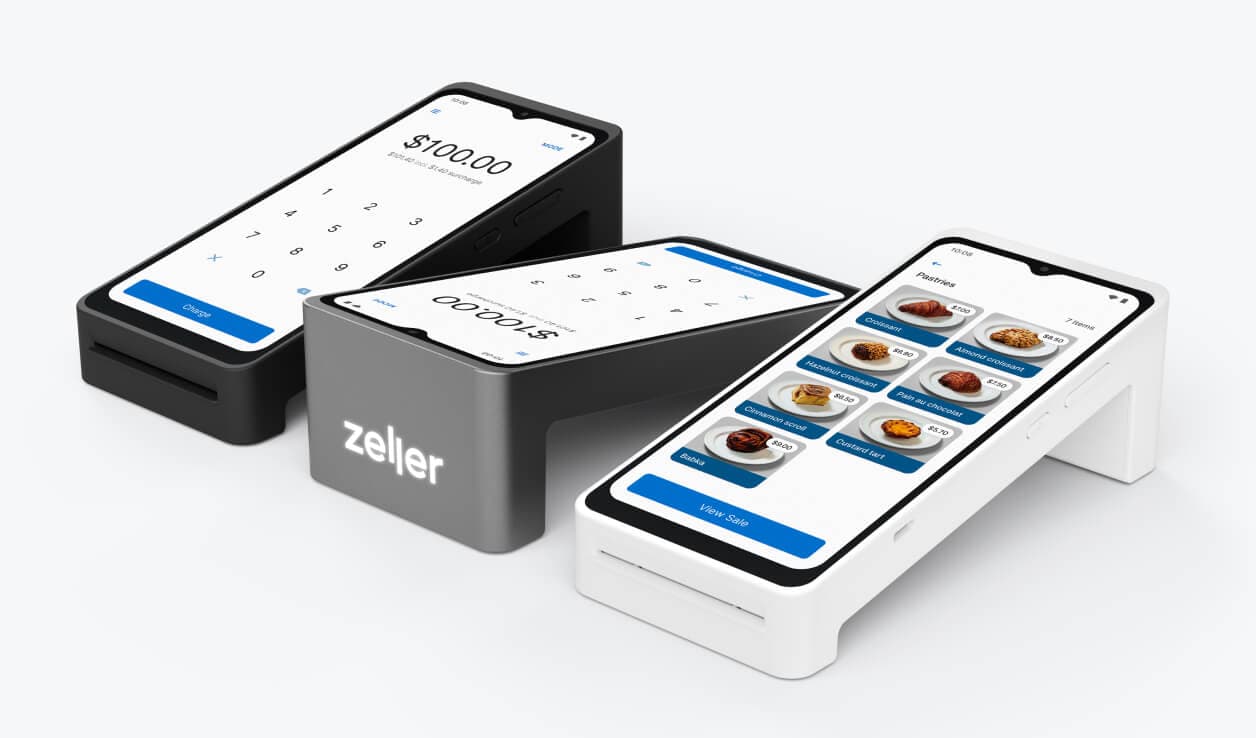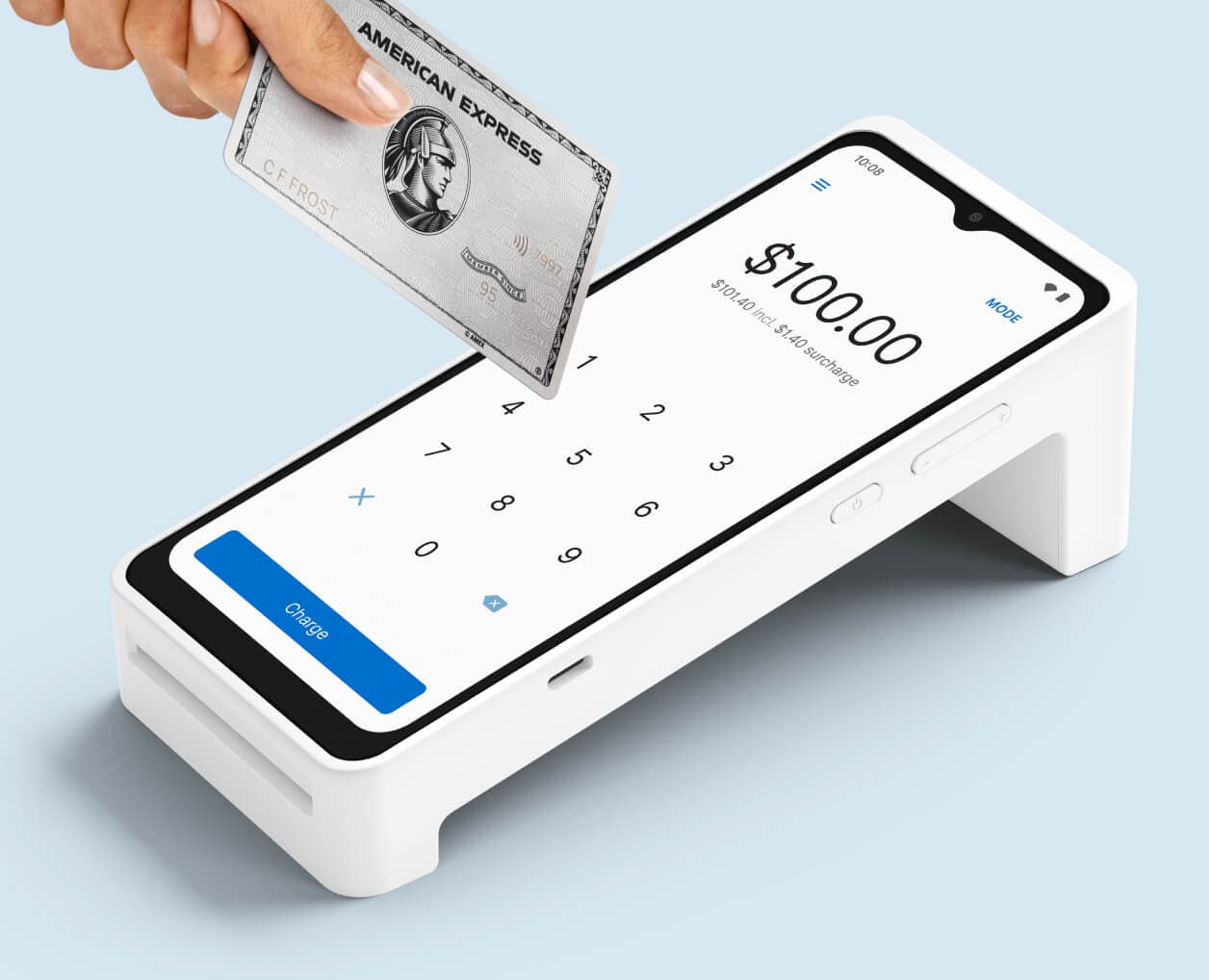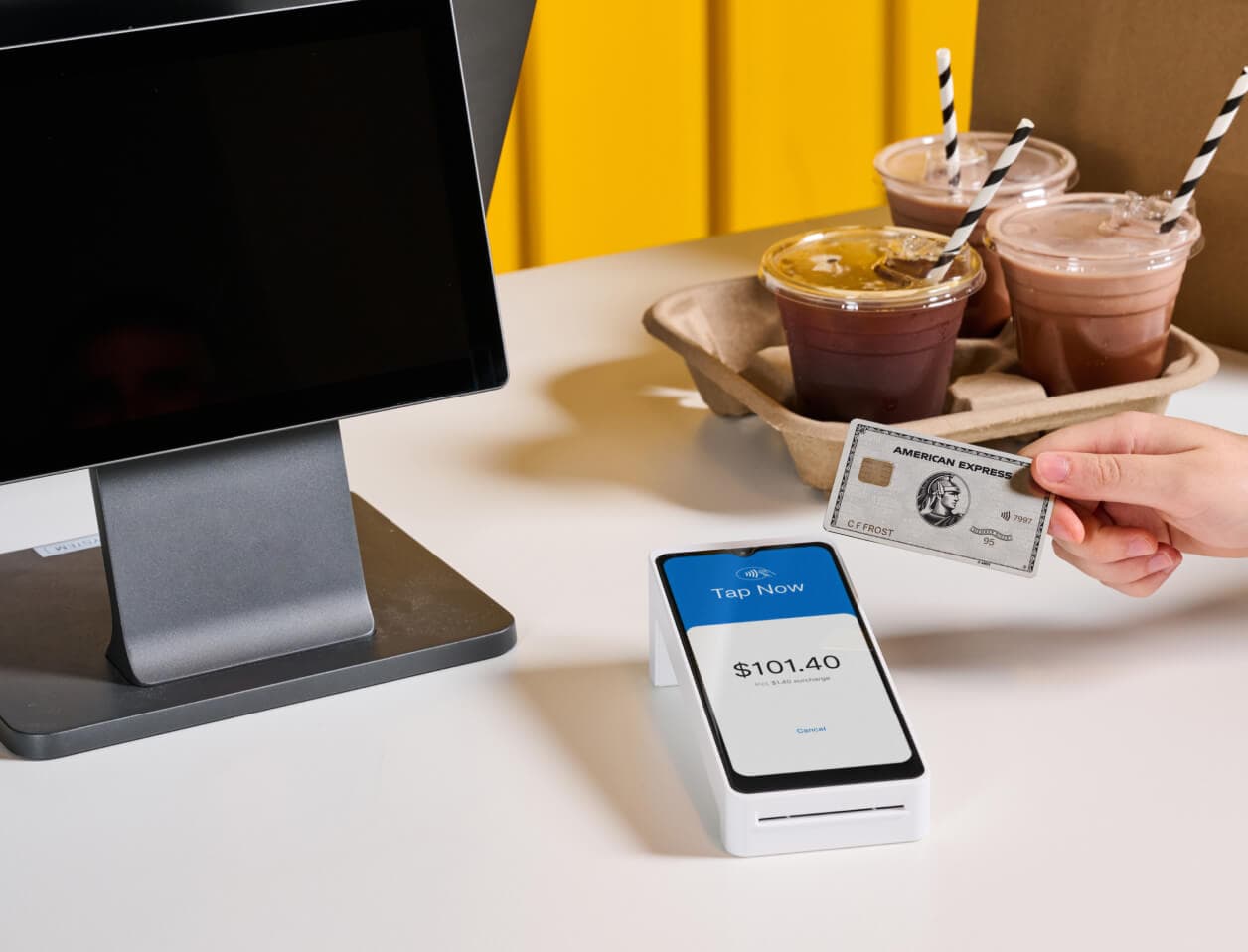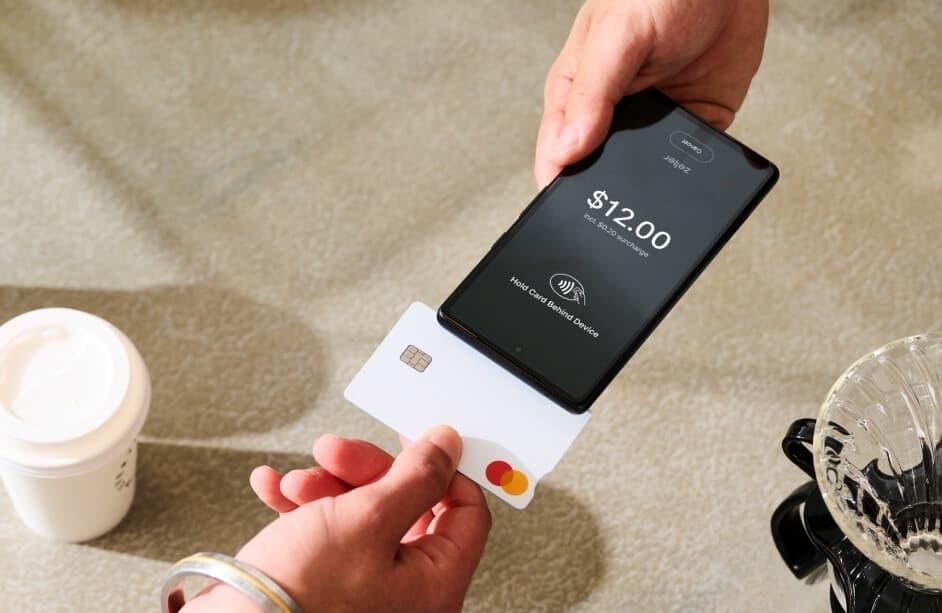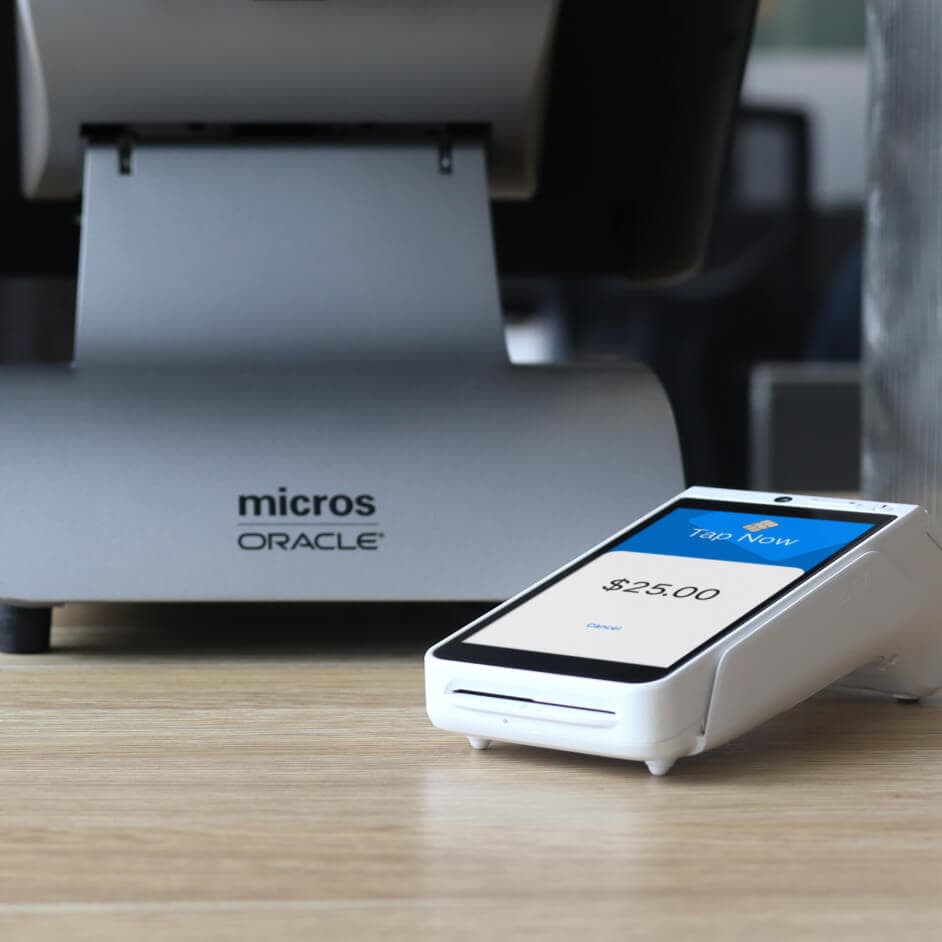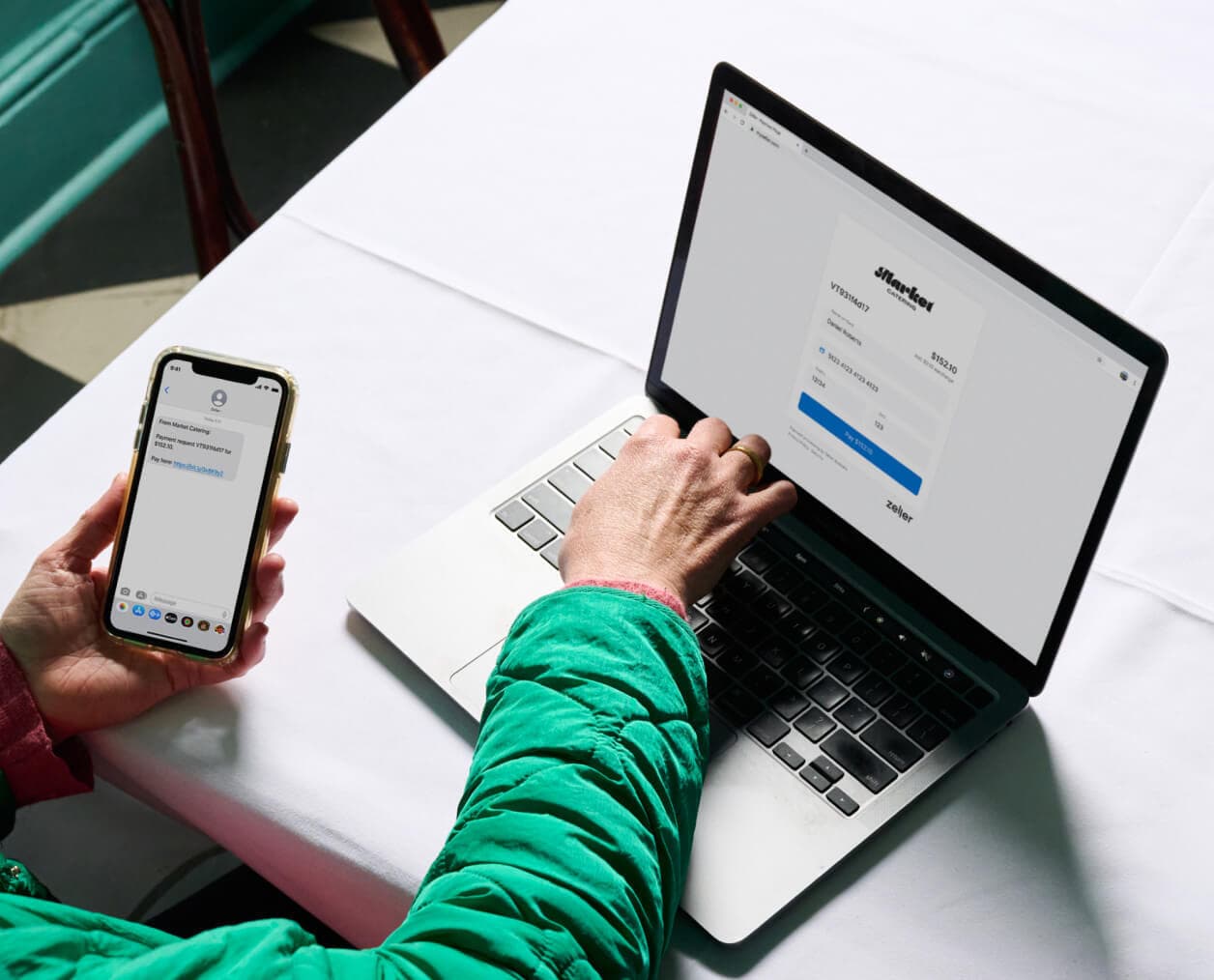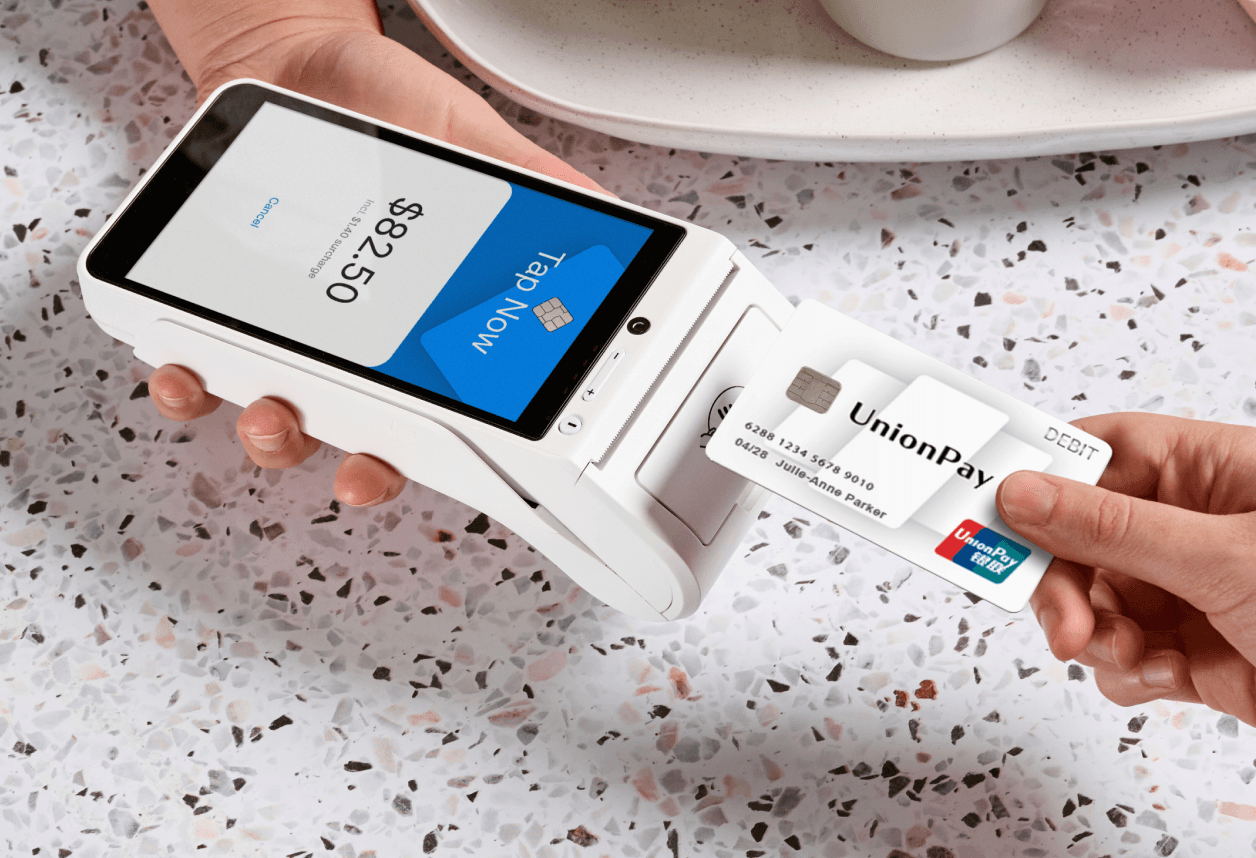
China UnionPay: Now Accepted with Zeller
The Chinese customer base in Australia is booming, and now Zeller is making it even easier for your business to welcome these shoppers by accepting China UnionPay. From international tourists on holiday to students studying at local universities, Chinese customers form a key segment for many Australian businesses. Zeller now accepts payments via China UnionPay at a simple flat fee of 1.4%, opening your doors to this important market like never before. Ask yourself, could you be missing out on sales by not accepting their preferred card, China UnionPay? Small businesses thrive when they cater to their customers' needs. By supporting China UnionPay, Zeller enables your business to welcome Chinese customers with a familiar, trusted way to pay, right at your countertop. In this article, we'll explain what China UnionPay is, why the Chinese tourism and student market is so important, and how accepting UnionPay can boost your sales and customer satisfaction. What is China UnionPay? China UnionPay, also known simply as UnionPay, is China's main bank card network. Founded in 2002, UnionPay has grown into one of the world's largest payment networks. Virtually every major bank in China issues UnionPay cards, which means most Chinese consumers carry one in their wallet. A UnionPay card works like any other bank card. Customers can tap, insert, or swipe it to pay, and the transaction is processed through the UnionPay network. UnionPay is accepted in over 180 countries and regions worldwide. Importantly, UnionPay is the preferred payment method for many Chinese nationals when they travel. While some also use international cards or mobile wallets such as Alipay and WeChat Pay, UnionPay is a card they know and trust. By accepting UnionPay, you remove that friction and show these customers you've got them covered. Chinese tourists dominate visitor spending in Australia. According to the ATIC’s International Visitor Survey , in the year ending March 2025, over 860,000 Chinese visitors travelled to Australia (up 26% from last year), spending $9.2 billion (up 28%). Despite being the second-highest source of visitors to Australia (following New Zealand), China still maintained its position as the number one tourism spender in Australia, making up 26% of total tourism spend. For local businesses, the opportunity is clear. Whether you run a retail store, café, tour company or restaurant, Chinese holidaymakers are a key customer group. Group travel is common, and itineraries are often built around destinations that are familiar, convenient and easy to pay in. Lunar New Year brings valuable opportunities for businesses. Each year, international arrivals from China surge over the Lunar New Year period, during which China’s State Council offers an eight-day holiday period. Cities like Sydney now host some of the largest Lunar New Year celebrations in the Asia Pacific. Visitors from China, along with the 1.2 million Chinese-born citizens who call Australia home ( 2021 census ), join the festivities, marking a key trading period for the retail, tourism, and hospitality industries. By accepting China UnionPay in your business, you can incorporate this significant holiday into your yearly strategy. Chinese students drive significant spending. Australia is home to nearly 200,000 Chinese international students enrolled in educational institutions. These students contribute billions to the Australian economy through tuition, housing, and daily expenses. From shopping for groceries to eating at restaurants, buying clothes to travelling domestically and everything in between, these students are an ongoing customer base for businesses around the country, not just tourist hotspots. Both tourists and students often rely on funds from home, using UnionPay cards to access their money. If your business can easily accept their payments, you're far more likely to win their patronage. Accepting China UnionPay means more sales and happier customers. Choosing a payment provider that accepts China UnionPay (such as Zeller) can directly boost revenue. Chinese tourists and students actively seek businesses where their preferred payment methods are accepted. Seeing a China UnionPay acceptance logo tells them clearly, "You can pay easily here." Data from UnionPay shows that, on average, Chinese UnionPay cardholders spend significantly more per transaction than other card users because they feel more at ease and aren't worrying about foreign card fees. Beyond numbers, accepting UnionPay also provides a better customer experience. You're effectively saying, "We welcome you" to Chinese customers, subtly supporting customer satisfaction. Happy customers return and recommend your business to friends – especially important with Chinese customers who often share experiences within their communities and on social media. More payment options equal more potential sales. Every time you add a new way to pay, you remove another barrier between the customer's desire to buy and the actual sale. With UnionPay alongside Visa, Mastercard, American Express, EFTPOS and others, you're covering all bases. How to start accepting China UnionPay with Zeller. If you're already using Zeller Terminal , Tap to Pay , Invoices , Payment Link or Virtual Terminal , you don't need to do anything – UnionPay is automatically enabled. Not using Zeller yet? Now is a great time to consider us. Sign up for a free Zeller Account in minutes, order a shiny new Zeller Terminal and start accepting China UnionPay straight away.
